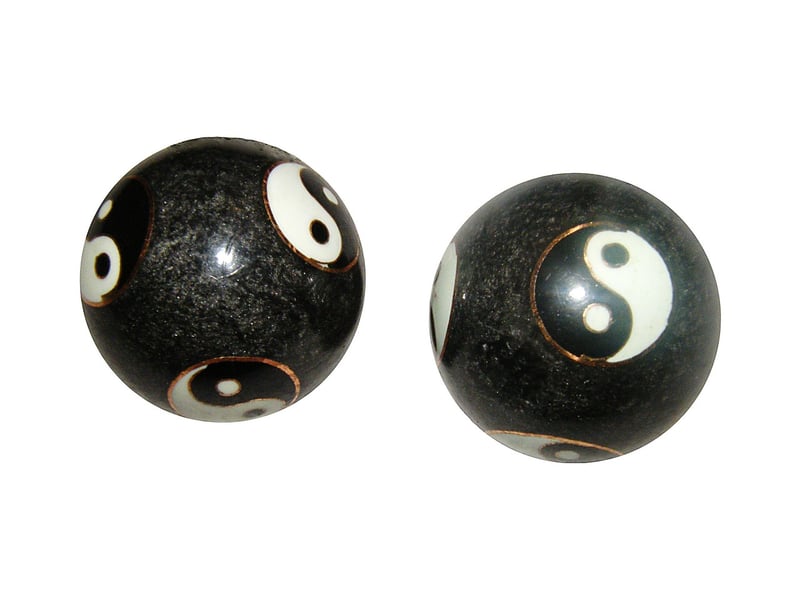Qigong
The Art of Chinese Martial Arts and Qigong

Chinese martial arts, also known as Kung Fu or Wushu, have a rich history dating back thousands of years. These ancient combat practices are not only about self-defense but are deeply rooted in Chinese culture, philosophy, and spirituality.
The Essence of Chinese Martial Arts
Chinese martial arts encompass a wide range of fighting styles, each with its unique techniques, forms, and principles. These arts emphasize not only physical prowess but also mental discipline, balance, and harmony.
Key Components of Chinese Martial Arts:
- Forms (Taolu): Choreographed sequences of movements that simulate combat scenarios.
- Self-Defense Techniques: Practical applications of martial arts movements for real-life situations.
- Weapons Training: Mastery of traditional Chinese weapons like swords, staffs, and spears.
- Sanda (Chinese Kickboxing): Full-contact fighting emphasizing striking, throws, and sweeps.
The Art of Qigong

Qigong is an ancient Chinese practice that focuses on the cultivation of Qi, the vital life force or energy that flows through the body. Through gentle movements, breathing exercises, and meditation, practitioners aim to balance their Qi for improved health and well-being.
Benefits of Qigong:
- Enhanced energy levels and vitality.
- Stress reduction and relaxation.
- Improved circulation and flexibility.
- Boosted immune system and overall health.
Harmonizing Body and Mind
Both Chinese martial arts and Qigong share the common goal of harmonizing the body, mind, and spirit. While martial arts focus on physical conditioning and combat skills, Qigong emphasizes internal energy cultivation and holistic well-being.
Whether you are drawn to the dynamic movements of Kung Fu or the gentle flow of Qigong, exploring these ancient practices can lead to not only improved physical fitness but also inner peace and balance.
Begin your journey into the world of Chinese martial arts and Qigong today and discover the profound connection between mind, body, and spirit.
